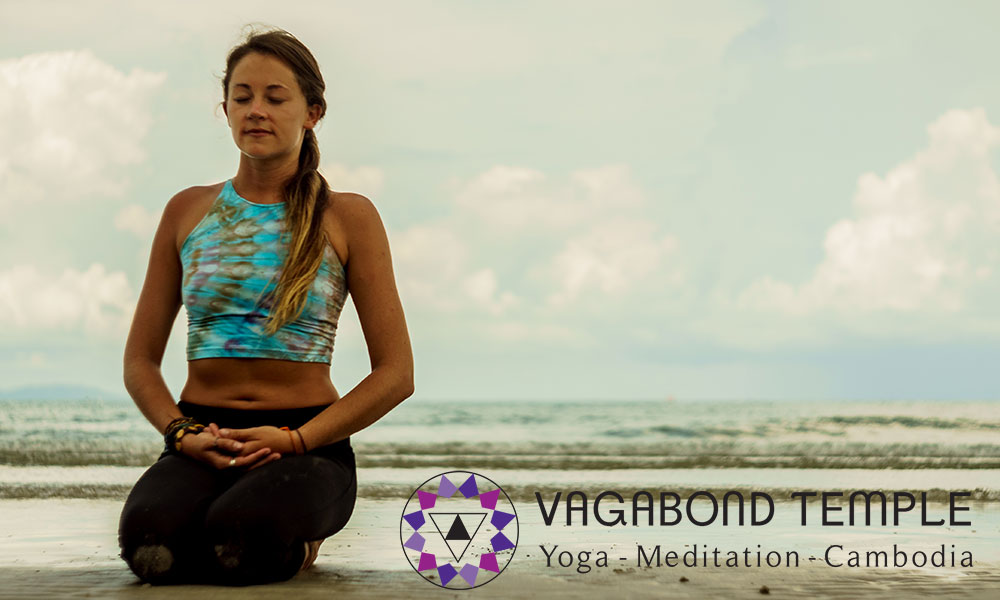4 Elements of Effective Meditation

The benefits of meditation are widely reported, but with so many different types to choose from, and so much different information about, it can sometimes be difficult to know where to start. Also common misconceptions about meditation may prevent us from taking up any practice at all.
In reality there is no need for confusion, the underlying principles of meditation are extremely simple: at its most fundamental level, meditation is simply the process of bringing awareness to the present moment. This article provides four elements of effective meditative practice that are relevant to all styles of meditation.
Of course no amount of reading about mediation is a substitute for the experience itself, so the most important thing is simply to try it out!
1) The Posture
When we think of meditation we generally imagine people sitting cross-legged on the floor or a cushion. While different postures can change the nature of the practice, the focus is often to create a state of balance. If the body is too relaxed, there is the danger of falling asleep; if there is too much tension, there may be pain. So a cross-legged upright posture, for many people, provides the right balance between concentration and relaxation. Sitting with a straight spine facilitates breathing, the most important source of bodily energy.
Many of us in the West are used to sitting on chairs, so sitting on the floor may be difficult at first. Through practice and exercise we can make the process much easier. In fact the poses used in Yoga practices were originally designed to prepare the body for long periods of meditation. If we find sitting on the floor too uncomfortable, there is nothing wrong with meditating on a chair, provided the back is kept straight to facilitate alertness and breathing.
2) The Object Of Concentration
Most forms of meditation require an object for us to fix our attention on. This could take many forms such as a spot on the ground, our breathing, a visualisation, or a mantra. The object of meditation can be thought of as simply a tool to bring our awareness to the present moment. When we completely focussed on the object we cannot be thinking about the past or planning for the future.
Many traditions use the breath as the object of concentration. One reason for this is that it is something that is always present – even right now you can bring your attention to your breathing. The breath is unique as it is something that is controlled both consciously and unconsciously: you automatically breathe all day and night without thinking about it, but if you wish you can hold your breath or change its rhythm. No other bodily function is like this so our breathing provides a unique insight into the bridge between our conscious and unconscious minds. In many eastern traditions the breath is the considered most important energy source of the body. This certainly makes sense even from a modern scientific view: we can go without food and even water for an extended period of time, but if we stop breathing we will be dead in a matter of minutes.
3) Handling Thoughts
So meditation is the process of bringing the awareness to the present moment; the biggest obstacle to being in the present moment is our thoughts. Whether we are in meditation or simply going about our daily lives, we will often find ourselves carried away by the stories our minds create. When this happens we are no longer in control; we lose are awareness and are passively swept from one thought to the next, riding a rollercoaster of positive and negative emotions. Maybe a simple event like not receiving an expected phone call from a loved one will cause our mind to create all kind of worse-case scenarios resulting in anger and fear, leading a cycle of more and more thoughts and emotions, when in reality all that happened is their battery ran out!
It is a common misconception that meditation is the process of trying not to think. In fact, this would only create a struggle – the real practice of meditation is simply to recognise when thoughts arise. While focusing on your object of meditation, sooner or later you will find that your mind has wandered off and you are thinking about something. This should not be seen as a failure in any way, it is simply part of the process. When you notice your mind has wandered, all you have to do is recognise that this has happened and return your focus to the object. Even if you have to do this 1000 times during the course of a session, it does not matter; in fact this is totally normal especially if you are new to meditation. Recognising and letting go of the thoughts is just as much a part of the meditation process as the periods of focussed concentration on your object.
If meditation is practised regularly we can be in control of our thoughts, instead of the usual state of being controlled by them. As you start to become more aware of your thoughts, many interesting questions will arise. Such as: Who is experiencing this? Who is aware of these thoughts? From where are these thoughts arising? We may cease to identify with the thoughts as they lose their hold over us, leading us toward a much deeper understanding of the nature of self. This is the real goal of any meditative practice.
4) Attitude
It is important to cultivate a correct attitude toward meditation if one is going to benefit from the practice and stick at it. One thing to remember is that meditation is not supposed to be a form or punishment or self-denial. Certainly it is a challenging process at times, but we should bear in mind that a regular meditation practice will bring great benefits. Also, many experienced meditators experience their sessions as extremely pleasurable, sometimes even reaching states of bliss that transcend our everyday concept of happiness.
We should not expect too much from ourselves or push ourselves too far. Starting with a 10 minute daily practice would make a lot more sense than jumping into a 30 day silent retreat. As you become more experienced you will be able to meditate for longer time periods, but at the start, simply having a regular practice is enough.
In the Buddhist tradition, a meditation session is often dedicated to the welfare of all living beings. In this way, we are not just practising for ourselves, but to enrich the lives of others. This certainly makes sense, as many practitioners of meditation find themselves becoming more compassionate and connected to others. Knowing this effect of meditation can help motivate you to develop a regular practice.
At the Vagabond Temple, we have regular meditation session along with instruction as part of our Yoga and Meditation retreat program.



